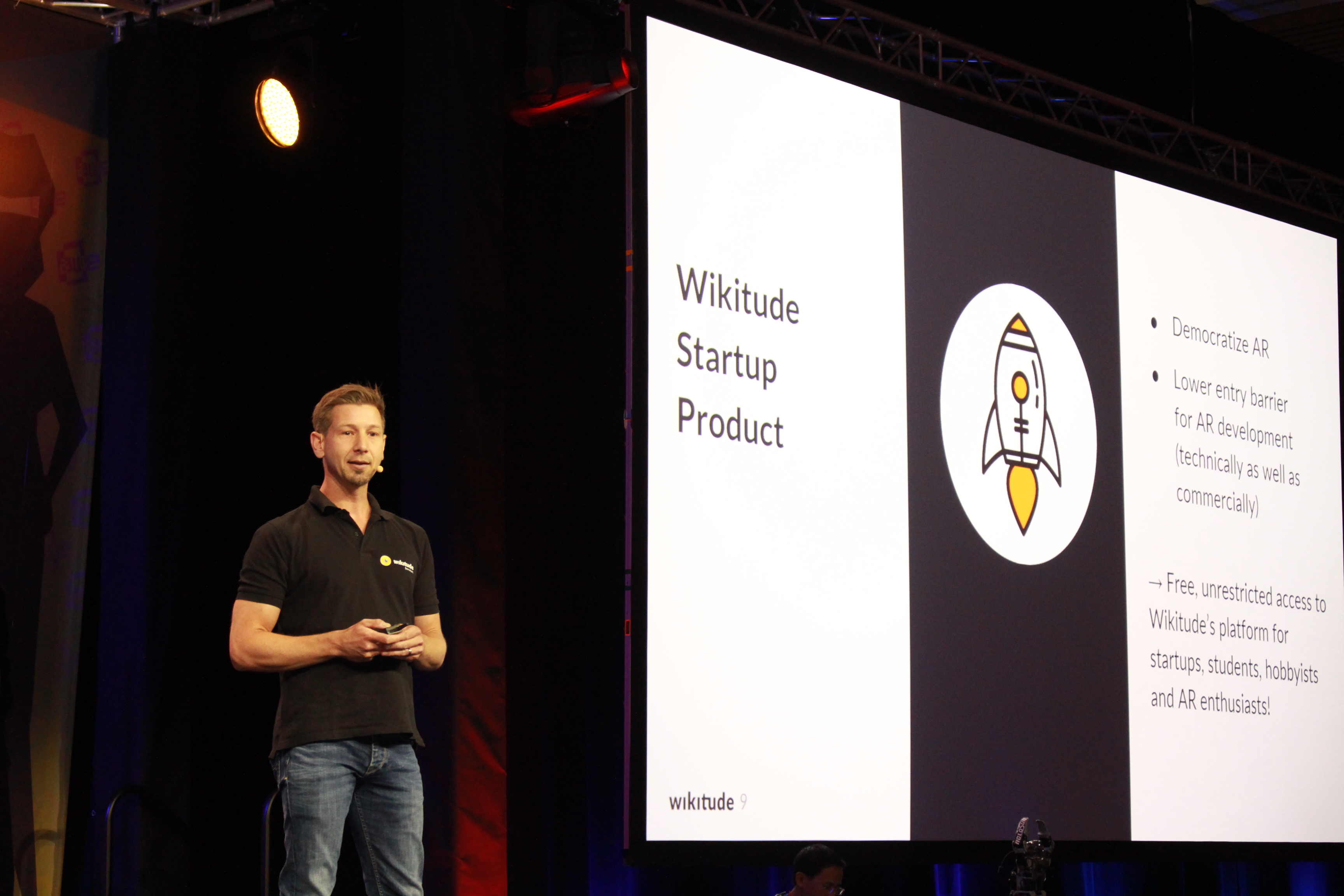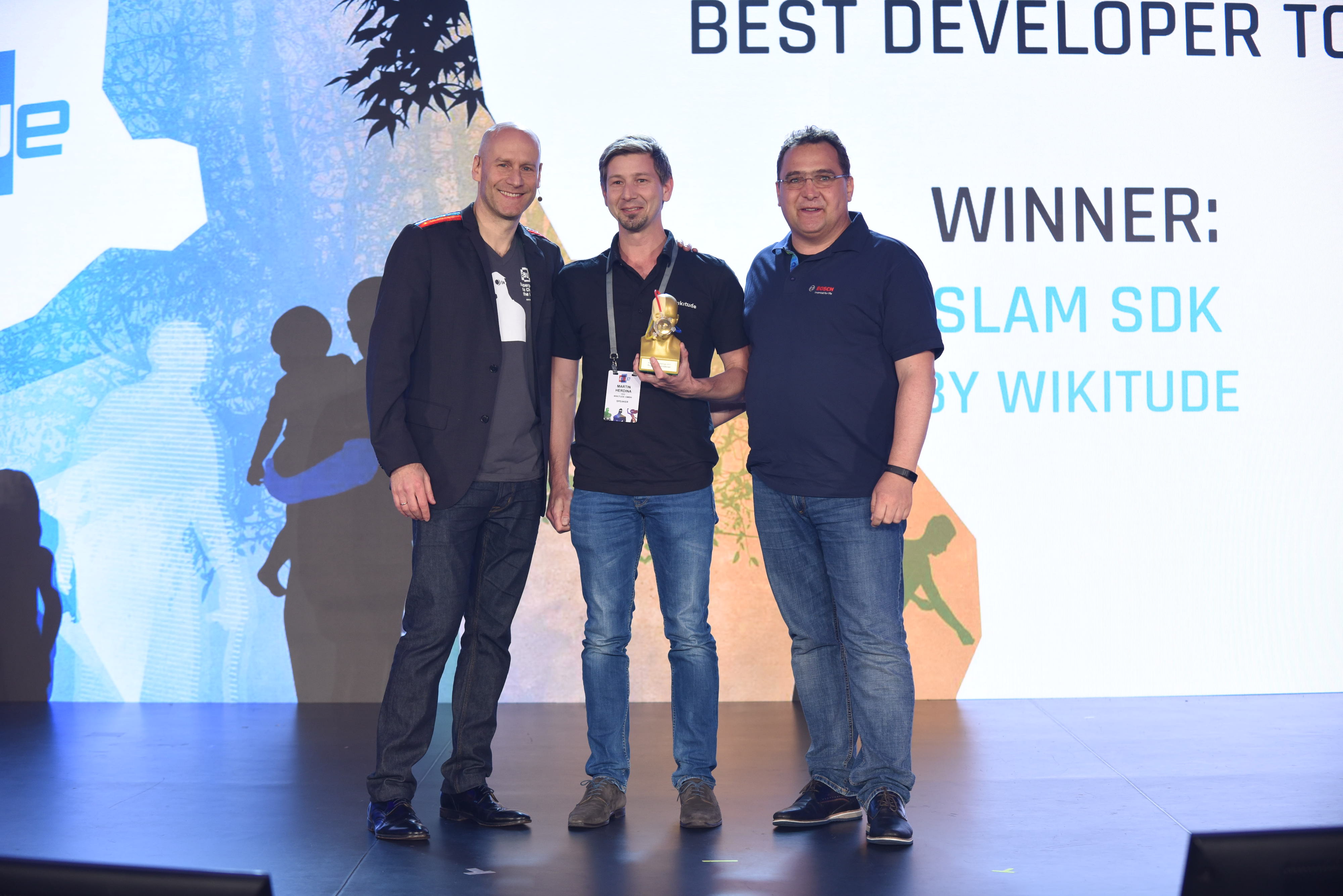Martin Herdina talks about Wikitude joining the Qualcomm family, growing together with the developer community, and why the future of augmented reality is headworn.
Running a start-up needs strong vision, grit, and persistence. Running an augmented reality start-up? Double that up and mix in a profound belief in an extraordinary team that can accomplish anything.

It started with a vision
Thirteen years ago, we set out on a mission to pioneer the augmented reality industry. As a team of engineers, researchers, product and business people from all walks of life, we came together under the Wikitude’s roof to pursue our curiosity and see what happens if we take another step towards our vision.
Our belief has always been that AR will drastically shape the future of how we consume information, and we worked hard to make that vision a reality.
A fair share of wins (some smaller, some larger) in the market showed us that we are on the right path (even though things have been tough sometimes). Wikitude spearheaded the industry when we launched the world’s first mobile AR app. We’ve created tools that have become the go-to technology for developers worldwide.
Using our AR SDK, Wikitude customers and developers applied augmented reality across industry verticals, creating billions of apps and use cases. Through community’s tireless efforts, our vision of augmented reality has been taking shape!

The ultimate dream
But the final frontier was still ahead – not only making augmented reality accessible for everyone but turning it into the most natural experience that hardware can allow. Since 2013, when Wikitude started supporting wearable devices, we’ve been dreaming of headworn AR.
And this is where Qualcomm steps in. The company plays a special role in the XR ecosystem, having continuously shown interest in the XR segment, investing in the next generation of chips and reference hardware. We’ve been working together since 2019, integrating our AR SDK into Snapdragon® XR Platform, showing a glimpse of how the next generation of spatial computing will look like.
Now, when augmented reality hardware and technology have advanced to the point where both started to gain commercial traction, we are excited to join forces and accelerate the enablement of custom experiences powering the next generation of AR glasses. It’s a very exciting journey ahead, where together we’ll set the stage for a thriving AR ecosystem and mass-market adoption.
The future of AR is headworn
For years, we’ve been tailoring our SDK to support a number of headworn devices to enable flawless tracking and help users discover the potential headworn AR experiences can bring.
Why headworn? We believe it provides a basis to experience the true immersiveness that augmented reality is all about. Something that no smartphone can ever bring. Using AR headsets, users can see the augmented world around the same way they experience the real world. See-through displays allow a wide field of view while you have your hands free and can freely move around, collaborate, work and play with immersive experiences.
The absence of friction headworn AR can provide will pave the way to the metaverse, where we will eventually interact and socialize, just like we do in the real world (plus the endless opportunities the digital universe can bring).
Driving adoption
While the expectations for AR hardware grow and the industry slowly gets to the point of meeting customer expectations, we believe that the world won’t switch to all-in-one AR devices in the nearest future. Instead, we are leaning in on the approach Qualcomm Technologies takes in connecting a lightweight viewer device to the smartphone that provides ultra-low-power technology with advanced rendering.
Powered by 5G, this is a pragmatic step toward enabling headworn AR tomorrow, making the innovation accessible for everyone who can’t wait to experience headworn AR.
What’s next?
Having become a part of the Qualcomm family, Wikitude will continue doing what we do best–working on our cutting-edge AR SDK and growing a thriving developer community. Our expertise in well-designed AR experiences, robust tools and strong knowledge of our developer audience and Qualcomm Technologies XR innovation will help strengthen the XR sector and accelerate the enablement of custom AR experiences as the toolkit of choice for headworn AR glasses.
United in the horizontal-platform approach, we share the vision of running a platform for headworn AR that will open up endless opportunities. And Wikitude developers will be the first to make a difference and start creating and experimenting with the new tools.
Introducing Snapdragon Spaces

Today we are unveiling a new beginning: Snapdragon Spaces™ XR Developer Platform. This developer-first platform is tailored to remove friction for developers and unlock the full potential of wearable immersive AR.
Backed by Wikitude’s 9th generation AR technology and Qualcomm Technologies leadership in the XR ecosystem, Snapdragon Spaces XR Developer Platform paves the way to a new frontier of spatial computing and empowers developers to create experiences for AR glasses that transform spaces around us.
Learn more about Snapdragon Spaces XR Developer Platform to stay in the know
Snapdragon and Snapdragon Spaces are products of Qualcomm Technologies, Inc. and/or its subsidiaries.
 Support
Support FAQ
FAQ


